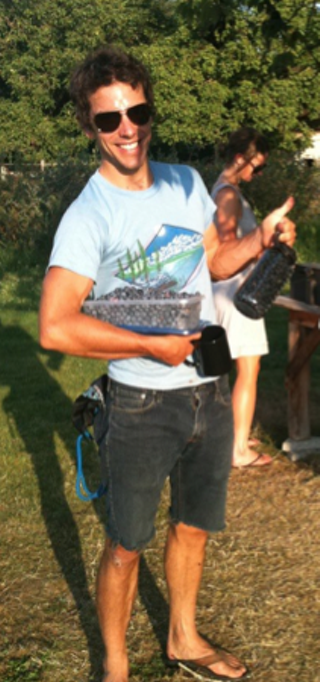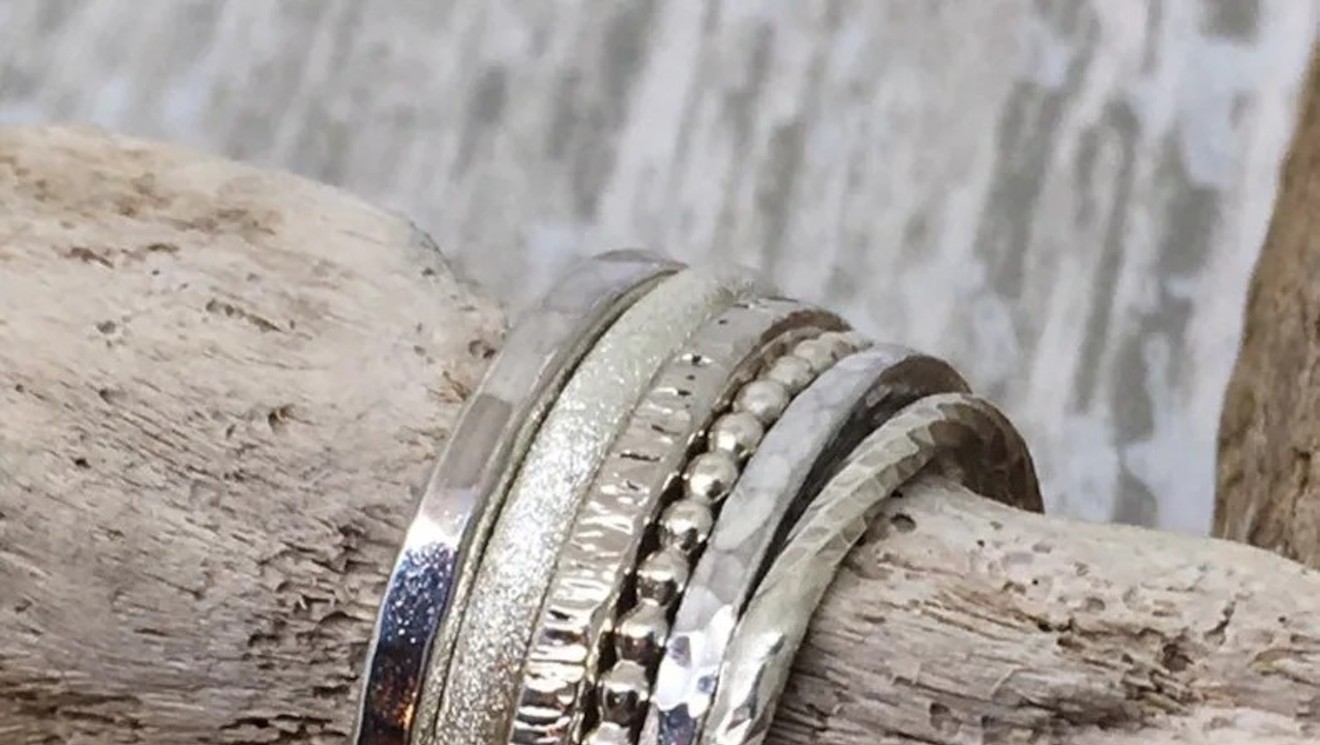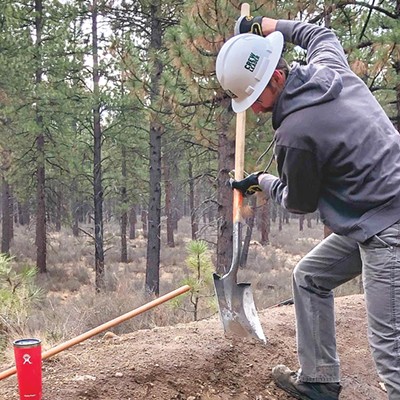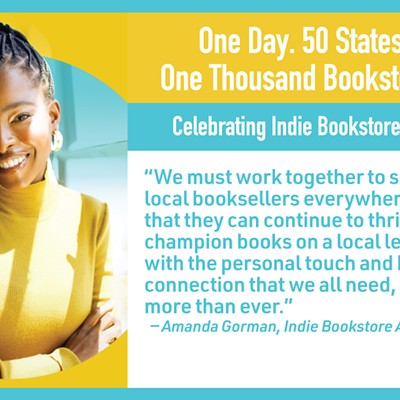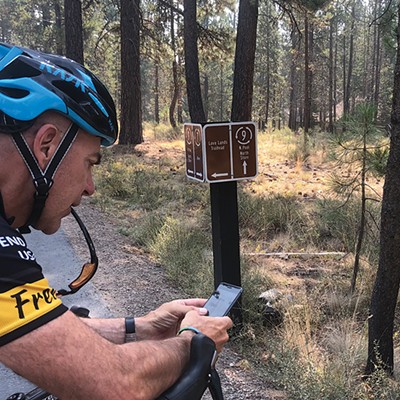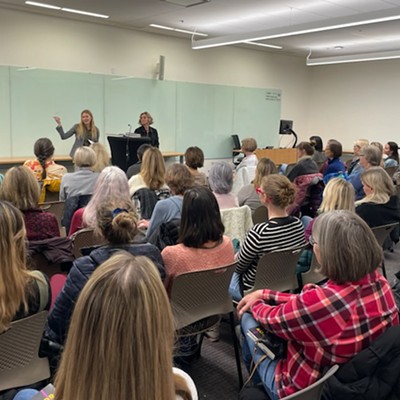One hundred years ago the most popular men's haircut was a tapered look—tight and clean on the sides and longer on top. For 20 cents men could look like Al Capone or Calvin Coolidge. Or Forrest Gump.
And for the last 90 years, the Metropolitan Barber Shop on Wall Street has not only provided such styles, it has served as a downtown Bend gathering spot. The barbershop, which reopened in 1923 after a fire in 1912 destroyed the previous location, is downtown Bend's oldest.
Many have become familiar with its candy-striped pole, plush red chairs and historical black and white photos decorating the shop's walls.
Just around the corner, L&K Barber Shop on Ogden Avenue has been open since 1968 (an odd time to open a barber shop considering that was the year when men's hair lengths starting dropping below the shoulders).
And completing this downtown trinity is Bond Street Barber Shop, a 21st-century addition to a throwback tradition. Opened in 2003 and with its complimentary Boneyard Beers, Ducks memorabilia and big-screen TV (Bucks vs. Heat during my visit) Bond Street Barber Shop is a Bend favorite. All three spots offer not only a haircut and traditional straight-razor shave, they provide loyal patrons with a sense of community. Barbershops are the original Facebook.
"It's just always been a gathering place, a small community where people know one another and we can talk about all kinds of things," says Jim Wilson, owner of Bond Street Barber Shop.
Last week, I went to the 10-year-old establishment for my first professional haircut in 19 years. Cutting your own hair, at home, makes a lot of sense—as long as you don't mind the mange look. A clever friend, one with infinitely more style than myself, once laid out the path to the perfect home haircut: "Have low expectations and keep it rock-and-roll." While this worked for nearly two decades, sort of, I felt like I was missing out on something. I wanted to talk nonsense with people who knew my name. I wanted to connect; to feel like a regular. I also wanted a real haircut.
When I arrived at Bond Street the TV was on, barbers were joking with patrons and the beer was flowing. "In salons there's appointments and separate seating," Wilson explained. "But in a barbershop it's all wide open and everybody listens and pipes in when they want to."
As Bond Street Barber Travis Peasley trimmed my mop we discussed which teams could possibly bring down LeBron's Miami Heat (sadly, none, we decided) as well as the finer points of Burns, Peasley's hometown. All as I sipped a Boneyard ISA and watched the game (Miami 104, Milwaukee 91).
Ever since the '50s, however, such cultural hubs have fallen on hard times. Participation in bridge clubs, bowling leagues and local politics has dropped off precipitously, as is highlighted in Robert D. Putnam's well-written nonfiction book from 2011, "Bowling Alone: The Collapse and Revival of American Community." According to Putnam, technology, changes in social equality, and public policy are to blame.
But, in recent years, thanks to historically sensitive hipsters, Instagram filters and artists like Macklemore (See: "Thrift Shop") the world has seen a revival of grandpa style. Look no further than suspenders, mustaches and the vinyl resurgence as confirmation. Not to be left out: barbershops.
Barbershops are subject to the same economic boom-and-bust cycles as restaurants and other vendors, but somehow the male grooming services seem to survive—thrive, even—despite down economies. Hell, Sal's Barber Shop, an old-fashioned joint on Bend's eastside (61419 S Highway 97), has been in business since 1961! Perhaps it's because barbershops, whether as depicted in Chicago's South Side (See: Barbershop, starring Ice Cube) or in rural Santa Rosa California in 1949 (See: The Man Who Wasn't There, starring Billy Bob Thornton), have long served as places for conversation and catching up—from solving existential crises to general bullshitting about the playoffs. This basic human interaction is important.
It was $20 well spent.

